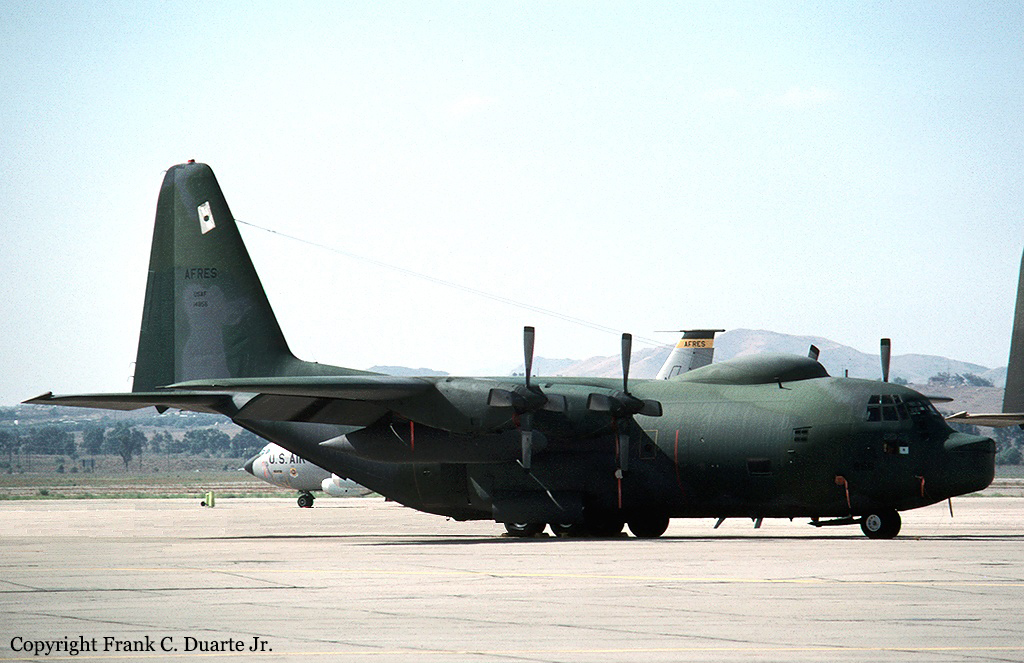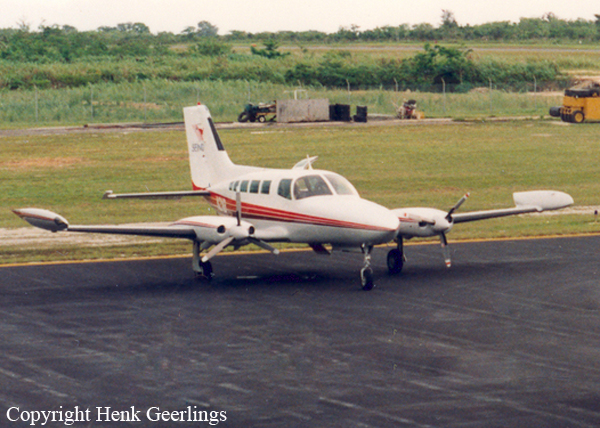Crash of a Beechcraft 65 Queen Air in the Atlantic Ocean
Date & Time:
Jul 24, 1997 at 1620 LT
Registration:
N816Q
Survivors:
Yes
Schedule:
Kendall-Tamiami – Kingston
MSN:
LC-38
YOM:
1960
Crew on board:
2
Crew fatalities:
Pax on board:
3
Pax fatalities:
Other fatalities:
Total fatalities:
0
Captain / Total hours on type:
21.00
Aircraft flight hours:
4300
Circumstances:
About 1 hour after departure and 15 minutes after reaching the cruising altitude of 9,000 feet, the left engine quit. The flight crew feathered the left propeller and turned toward the closest
airport which was 80 miles away. The aircraft would not maintain altitude and entered a 500 foot per minute descent. About 20 minutes after engine failure the aircraft was ditched in the ocean about 50 miles from the closest airport. The flight crew and passengers were rescued the following morning and the aircraft was not recovered. The second pilot and owner of the aircraft stated the aircraft was about 90 pounds over the maximum allowable weight at the time of departure. The previous owner of the aircraft stated that both engines had exceeded the recommended overhaul time by about 450 flight hours.
airport which was 80 miles away. The aircraft would not maintain altitude and entered a 500 foot per minute descent. About 20 minutes after engine failure the aircraft was ditched in the ocean about 50 miles from the closest airport. The flight crew and passengers were rescued the following morning and the aircraft was not recovered. The second pilot and owner of the aircraft stated the aircraft was about 90 pounds over the maximum allowable weight at the time of departure. The previous owner of the aircraft stated that both engines had exceeded the recommended overhaul time by about 450 flight hours.
Probable cause:
Failure of the aircraft to maintain altitude for undetermined reasons following loss of power in one engine.
Final Report:






